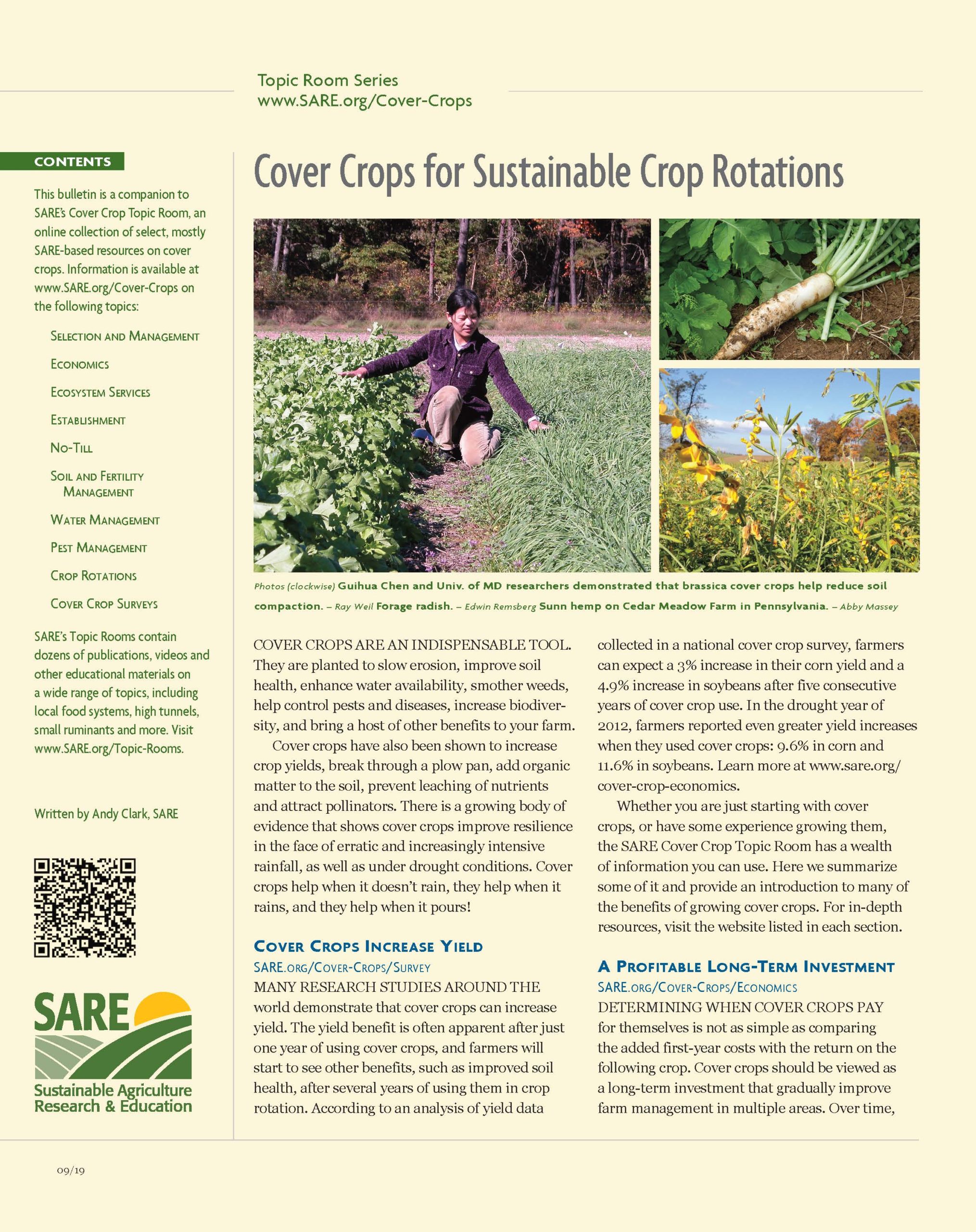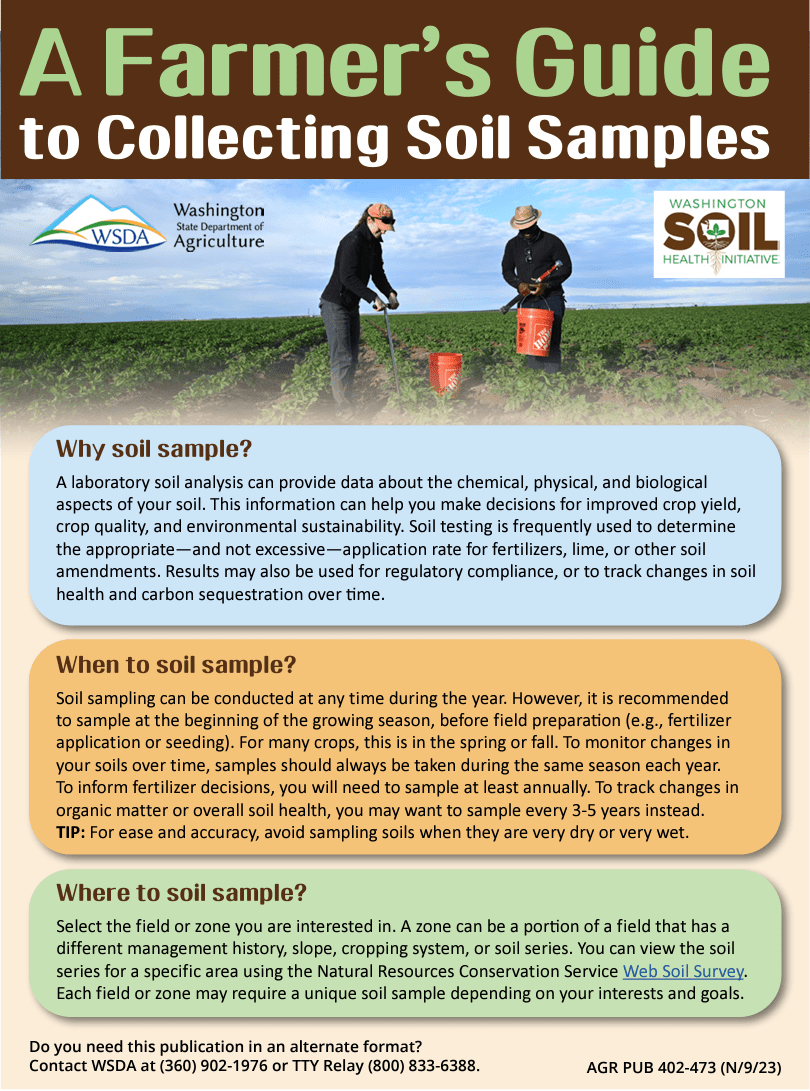Are you new to farming and feeling overwhelmed by the idea of managing soil for different crops? You’re not alone.
Many beginners find the world of soil management confusing and daunting. But what if we told you that understanding your soil could be simpler than you think? Imagine transforming your garden or farm into a thriving oasis by just tweaking how you manage your soil.
This guide is designed to demystify soil management, offering you practical, crop-specific tips to boost your yields. By the end of this article, you’ll feel empowered and ready to nurture your crops effectively. So, are you ready to unlock the secrets of soil success? Let’s dig in and discover how you can make your soil work for you.
Choosing The Right Soil
Selecting the correct soil ensures healthy crop growth. Understanding soil types helps beginners optimize plant health and yield. Match soil characteristics with specific crop needs for best results.
Choosing the right soil is crucial for successful crop cultivation. As a beginner, understanding soil types and their characteristics can make a significant difference in your gardening journey. The soil is not just a medium for growth; it’s a vital component that impacts the health and yield of your plants. Imagine it as the foundation of your crop’s home, where nutrients, water, and air come together to nurture growth. So, how do you ensure you’re picking the right soil for your crops? Let’s dive into some practical tips and insights. ###Understanding Soil Types
There are various soil types, each with distinct properties. Sandy soil drains quickly but lacks nutrients. Clay soil retains water but is heavy and compact. Loamy soil, a mix of sand, silt, and clay, is often ideal for many crops. Knowing the soil type in your area helps you make informed decisions. ###Testing Your Soil
Testing your soil is like checking the pulse of your garden. A simple DIY kit can reveal pH levels and nutrient availability. Ever wondered why your plants struggle despite your best efforts? The answer might be in the soil composition. Regular testing ensures you provide what your crops need. ###Amending Soil
Sometimes, your soil needs a little boost. Adding compost enriches the soil with organic matter. Lime can adjust pH levels, and gypsum improves drainage. Think of amending soil as tailoring a suit; it enhances the fit for your specific crop needs. ###Matching Soil To Crops
Certain crops thrive in specific soil types. Root vegetables like carrots prefer sandy soil, while leafy greens do well in loamy soil. Have you considered the unique needs of your crops? Matching soil to your crops increases the chances of a bountiful harvest. ###Learning From Experience
Trial and error is a valuable teacher. You might find that tomatoes flourish in one part of your garden while struggling in another. Observing these patterns helps refine your soil choices. What unexpected insights have you gained from your gardening experiments? ###Seeking Expert Advice
If you’re unsure, don’t hesitate to seek advice. Local extension services or gardening clubs can offer insights tailored to your region. They might suggest soil types that suit your climate and crop plans. Who better to guide you than those who’ve walked the same path? Choosing the right soil is not just about following rules; it’s about adapting to your environment and your crops’ needs. Each decision shapes your gardening success. Which soil will you choose for your next planting adventure?Soil Preparation Techniques
Preparing soil based on crop needs improves plant growth. Test soil for nutrients, then add suitable fertilizers. Clear weeds and loosen soil to enhance water flow and root growth.
Preparing your soil is the first crucial step towards a thriving crop. Without a doubt, it’s the foundation of any successful agricultural venture. Whether you’re a beginner or an experienced gardener, understanding soil preparation techniques can significantly impact your harvest. Let’s dive into some practical methods to get your soil ready for planting.Understanding Your Soil Type
Every successful soil preparation journey starts with knowing what you’re working with. Is your soil sandy, loamy, or clay-based? Each type has its own strengths and challenges. For example, sandy soil drains quickly but may lack nutrients, while clay retains moisture but can become compacted. A simple soil test can provide insights into its pH and nutrient levels. This knowledge guides you on what amendments might be necessary.Removing Weeds And Debris
Weeds and debris can be your soil’s worst enemies. They compete with your crops for nutrients and water. Start by clearing the area of any old plant material and rocks. Use a hoe or a spade to remove weeds, ensuring you get the roots. This step not only prepares a clean slate for planting but also helps in preventing weed regrowth.Loosening And Aerating The Soil
Compacted soil is like a roadblock for plant roots. It restricts their growth and access to nutrients. Use a garden fork or a tiller to break up the soil, turning it over to aerate. This process creates space for roots to expand and improves water drainage. Aim for a fine, crumbly texture that your plants will love.Adding Organic Matter
Think of organic matter as a natural soil booster. Materials like compost, aged manure, or leaf mold enrich the soil with nutrients. They also improve soil structure, helping it retain moisture and foster beneficial microorganisms. Spread a layer over your soil and mix it in well. Over time, this practice will enhance soil fertility and health.Adjusting Soil Ph
The pH level of your soil affects how well plants can absorb nutrients. Most crops thrive in a slightly acidic to neutral range (pH 6-7). If your soil is too acidic, consider adding lime. For alkaline soils, sulfur can help lower the pH. Regular testing ensures you maintain the optimal environment for your crops.Setting Up Raised Beds
If your soil is particularly poor, raised beds might be the answer. They allow you to control soil quality and drainage more effectively. Construct frames with wood or bricks and fill them with a rich soil mix. Raised beds can be a game-changer, especially in areas with heavy rainfall or poor native soil. Are you ready to roll up your sleeves and get your hands dirty? Preparing your soil might seem like a lot of work, but the rewards are worth it. With these techniques, you’re laying the groundwork for a bountiful harvest. So, what will you plant first?Nutrient Management For Different Crops
Understanding nutrient management for different crops is essential for budding farmers and gardeners alike. Getting the right nutrients to your plants can be the difference between a bountiful harvest and a disappointing yield. Each crop has its own nutritional needs, and knowing these can help you tailor your soil management practices effectively.
Understanding Nutrient Needs
Different crops require different nutrients in varying amounts. Tomatoes, for example, thrive with a good supply of nitrogen, phosphorus, and potassium, often abbreviated as N-P-K. On the other hand, leafy greens like spinach demand more nitrogen for lush foliage.
A simple soil test can reveal what nutrients are already present and what might be lacking. This helps you avoid over-fertilizing, which can harm both your plants and the environment.
Tailoring Your Fertilizer Approach
Choosing the right fertilizer is crucial. Organic fertilizers, like compost and manure, slowly release nutrients over time, which is great for long-term soil health. Synthetic fertilizers provide immediate nutrient boosts but can sometimes lead to nutrient runoff.
Consider a balanced approach. Use organic fertilizers for maintaining soil health, and apply synthetic fertilizers sparingly for quick nutrient fixes.
Timing Is Everything
When you add nutrients is just as important as what you add. Fertilizing before planting prepares the soil with necessary nutrients. Side dressing during the growing season can support plants when they need it most.
Avoid fertilizing during heavy rains. This can lead to nutrient loss through leaching and runoff, wasting resources and potentially harming nearby ecosystems.
Personal Experience: Learning Through Trial
I once applied too much nitrogen to my corn crop, thinking it would boost growth. Instead, it led to an excess of leaves but little corn. It taught me the importance of understanding a crop’s specific needs before fertilizing.
Have you ever had a similar experience where you learned a valuable lesson about nutrient management? Share your story in the comments below.
Practical Tips For Beginners
- Start with a soil test to know your soil’s current nutrient status.
- Research the specific nutrient needs of the crops you plan to grow.
- Use organic fertilizers for sustainable long-term nutrient management.
- Be mindful of the timing and amount of fertilizer applied to avoid wastage.
As you embark on your gardening journey, remember that nutrient management is a continuous learning process. What strategies will you try to ensure your crops get the best nutrition? Let’s discuss below!

Monitoring And Adjusting Soil Conditions
Monitoring and adjusting soil conditions can make a big difference in the health of your crops. As a beginner, it’s crucial to understand that soil isn’t a static entity. It changes with weather, crop type, and even the time of year. You need to keep an eye on these changes and make adjustments to ensure your crops thrive.
Why Regular Monitoring Matters
Regular soil monitoring helps you spot problems before they become serious. Imagine planting tomatoes only to find them wilting after a few weeks. With consistent checks, you could notice nutrient deficiencies early and save your crop.
Use simple tools like a soil pH meter or moisture sensor. These give you instant insights into your soil’s health. You might find that what worked last year isn’t working now. Soil is dynamic, and regular monitoring allows you to stay ahead of potential issues.
Adjusting Soil Conditions For Optimal Growth
Adjustments are crucial for optimal crop growth. Let’s say your soil is too acidic for carrots. Adding lime can balance the pH, making it more carrot-friendly. Small tweaks can lead to big improvements in yield.
Don’t shy away from experimenting. If a particular method doesn’t work, try another. Sometimes, it’s about trial and error. Consider keeping a journal to record what works and what doesn’t. This way, you build a reliable reference for future planting seasons.
Using Feedback From Your Plants
Your plants are excellent communicators. Yellowing leaves might indicate a lack of nitrogen. Droopy stems could mean your soil’s too dry. Pay attention to these signs—they’re telling you what needs fixing.
Ask yourself: Are my plants thriving or merely surviving? The answer might lead you to uncover hidden soil issues. Acting on plant feedback ensures you make timely soil adjustments that can transform your crop yield.
Balancing Nutrients For Different Crops
Different crops have different nutrient needs. Corn might require more nitrogen, while potatoes need more potassium. Tailoring your soil adjustments to specific crops can boost productivity.
Creating a nutrient plan for each crop type is vital. This helps avoid wasting resources and maximizes growth potential. Think of it as customizing a recipe to suit your taste—only this time, it’s for your crops.
Seeking Professional Help When Needed
Sometimes, you might hit a wall with your soil management efforts. It’s okay to seek professional advice. Soil experts can offer insights that you might overlook as a beginner.
Have you considered reaching out to a local agricultural extension office? They often provide free or low-cost soil testing services. Getting expert help can be the difference between a bountiful harvest and a disappointing season.

Conclusion
Starting your soil management journey can be rewarding. Tailor your practices to each crop’s needs. Healthy soil leads to better growth. Remember, patience is key in farming. Observe changes and adapt your methods accordingly. Always test your soil regularly for best results.
Seek advice from local farmers when needed. They offer valuable insights. Stay informed on new techniques and trends. Farming is a continuous learning process. Enjoy nurturing your crops and watching them thrive. Happy farming!

